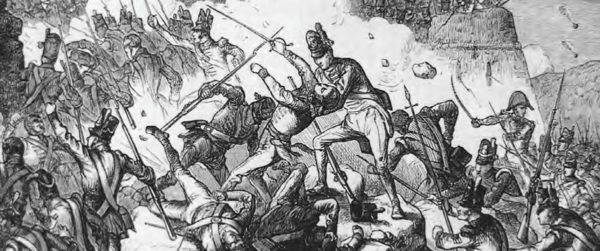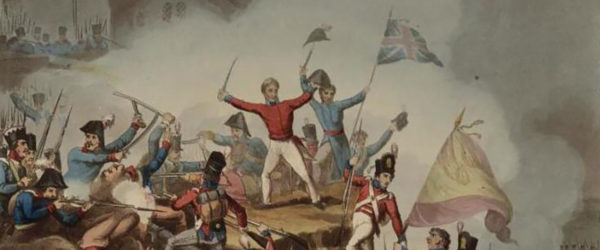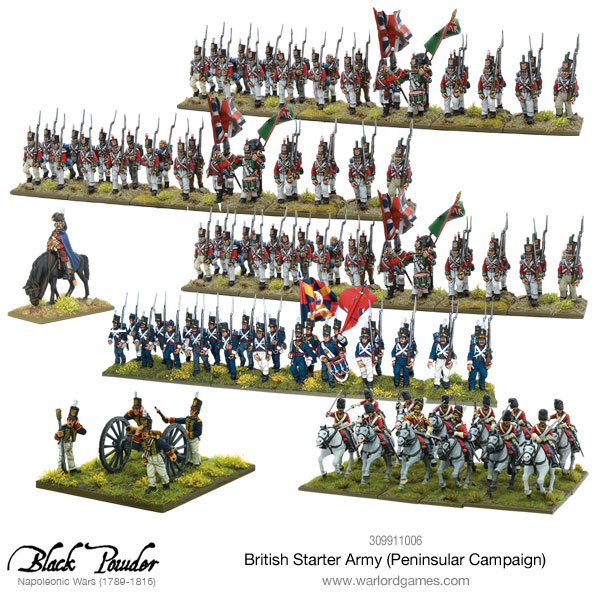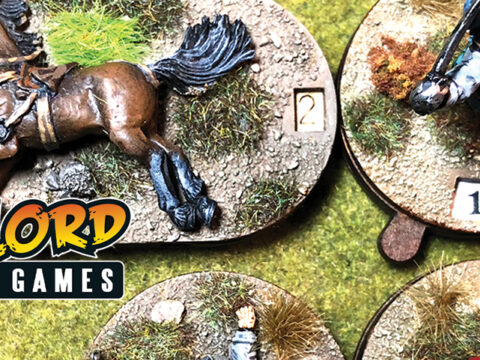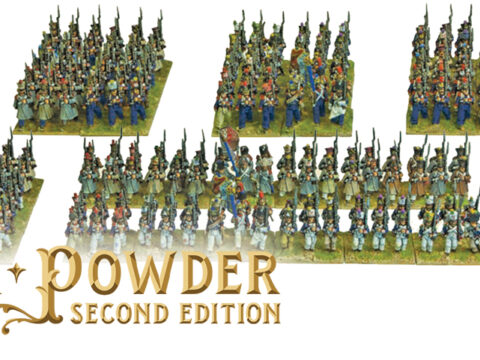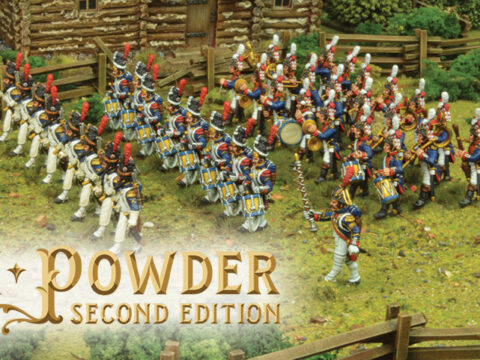On April 6th, the city of Nottingham commemorates Badajoz day, recognising the achievement of one of its citizens during the siege in 1812!
Having stalled the now-disgraced Marshal Massena at the Lines of Torres Verdas (Despite being outnumbered 2:1 by the French), Wellington launched an offensive across Portugal and into Spain, driving the French army before him.
The few roads crossing the border between Portugal and Spain were guarded by the extensively fortified towns of Cuidad Rodrigo and Badajoz. With defences built to modern specifications, these forts presented a formidable obstacle to the advancing Anglo-Portuguese army.
Cuidad Rodrigo was the lesser, and closer of the two fortified towns. Its walls were crumbling and the small garrison lacked the men to man the 153 cannons studding the fortification. Shadowed by Marshal Marmont’s nearby army, Wellington stormed the town in just two weeks, taking significant casualties in the process.
British cannons fired 9,500 rounds at the walls of Cuidad Rodrigo, opening two breaches in the curtain wall. Storming a breach was one of the most perilous tasks an infantryman could undertake, as such, the first men through the breach were called the Forlorn Hope.
At Cuidad Rodrigo, men of the 45th (Nottinghamshire) Regiment formed part of the Forlorn Hope and managed to capture one of the emplaced cannons that savaged the attackers with canister shot.
Badajoz
The storming of Badajoz affords as strong an instance of the gallantry of our troops as has ever been displayed. But I greatly hope that I shall never again be the instrument of putting them to such a test as that to which they were put last night.
Two months later, the British army was encamped on the south side of Badajoz, with a siege train of 52 heavy guns bombarding the imposing ramparts. After capturing an outlying fort, the British extended their siege lines and blasted two breaches in the curtain wall.
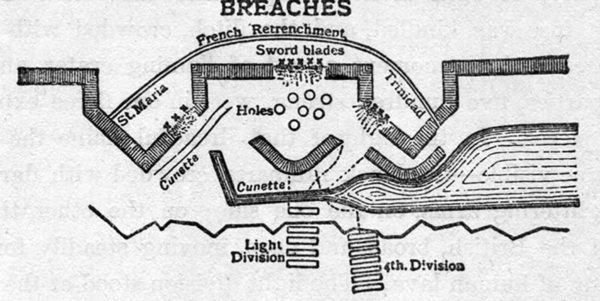
A diagram of the two main breaches, along with the additional defences erected by the French prior to the main assault.
Preparations for the assault were halted while the guns cut the third breach and made the existing breaches more practical for an infantry assault. This gave the French defenders a chance to prepare their own defences including several huge mines, alongside an extensive network of earthworks and barricades covering the breaches.
As the British infantry charged up the impossibly steep ramp of broken stone and earth, the defenders pelted them with hand grenades and bales of burning hay, all the while flaying the attackers with volleys of musketry and cannon fire.
“If hell is as bad as that ditch was, it is a worse place than I took it for.”
Many soldiers took shelter in the deep ditch at the base of the wall, which afforded some shelter from the fusillade. Many took refuge under the corpses of their comrades, which soon covered the breach and filled the ditch.
While the 4th and Light Divisions struggled up the breaches, the 3rd Division under Picton launched several assaults on the castle, finally capturing it around midnight. Once again caught at the sharp end, the men of the 45th (Nottinghamshire) Regiment, found themselves embroiled in a close-range brawl with the castle’s defenders.
The British took nearly 5,000 casualties during the assault, with the survivors venting their bloodlust on the town, an atrocity marked by history as one of the British Army’s low points.
The infuriated soldiery resembled rather a pack of hell hounds vomited up from infernal regions for the extirpation of mankind than what they were but twelve short hours previously – a well-organised, brave, disciplined and obedient British Army, and burning only with impatience for what is called glory. – Capt. Robert Blakeney
Badajoz in Black Powder
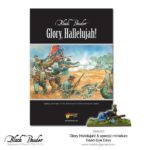 You can find rules for assaulting (and defending) fortifications in the Black Powder core rulebook, with expanded rules in the Glory, Halleujah! supplement. While focused on the American Civil War, these rules are applicable to the kinds of sieges faced by Wellington’s army on the Iberian peninsula.
You can find rules for assaulting (and defending) fortifications in the Black Powder core rulebook, with expanded rules in the Glory, Halleujah! supplement. While focused on the American Civil War, these rules are applicable to the kinds of sieges faced by Wellington’s army on the Iberian peninsula.
If you’ve been inspired by the bravery of the 45th (Nottinghamshire) Regiment, and want to add them to your collection, our British starter army is a great place to begin!


